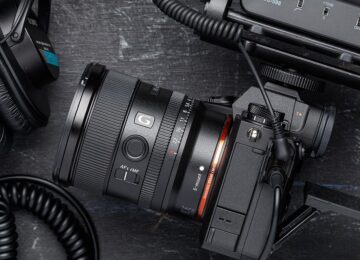Design systems provide the building blocks for better websites. It is a collection of UI elements and other components that use the same design language. Instead of starting from scratch, design systems enable web designers working for themselves or for a web design and development company to select from a single set of consistent and reusable components. If you’ve never used a design system before, you’ll find them useful for improving your workflow and producing more cohesive work.
If you’re not familiar with the term “design system,” it’s easy to become perplexed. Here’s what you should know.
First and foremost, their primary purpose is to provide the building blocks required to construct a web design. A design system can be as simple as a few UI patterns or as complex as a collection of UI components, typography, templates, code snippets, and brand guidelines. Design systems are especially useful when multiple people are working on the same front end at the same time. They make certain that everyone adheres to the same brand and design guidelines. With product design teams frequently dispersed across the globe, design systems aren’t just nice to have; they’re a requirement. When everyone on the design team has access to the same design resources, the UI/UX and the rest of the visual design remain consistent regardless of who is working on it.
It’s easy to overlook the fact that Airbnb’s check-in screen, Mailchimp’s header typography, and Google Android’s graphical user interfaces all adhere to specific guidelines. The best design systems are well defined, adhere to a set of design rules, and are barely perceptible as experts of web design and development company navigate through them. Here’s a rundown of everything that should be considered when developing a design system.
Design principles: these are the foundation upon which a given design system is built. These include a design system’s objectives, strategies, and how the design system will aid in meeting the project’s objectives.
Brand identity: These are the aesthetic decisions that connect all of the elements. Typography, spacing, color palettes, logos, and CSS styles are all defined here so that designers know exactly how to create an on-brand web design. This includes non-visual aspects of a website, such as the tone of voice.
Elements: Elements are the functional components of a design system that reflect the visual identity of a brand and adhere to the design guidelines.
Patterns: Patterns are the logic and structure that all elements must adhere to in order for a web design to be consistent. Things can quickly become disorganized in the absence of patterns. UI patterns help users navigate a website.
Visitors to the web design and development company can complete actions with the help of a checkbox or a date picker, for example. Breadcrumbs and other navigation-related UI elements also contribute to a positive user experience. They must all follow the same logic, regardless of what type of element they are or where they are in a design.












